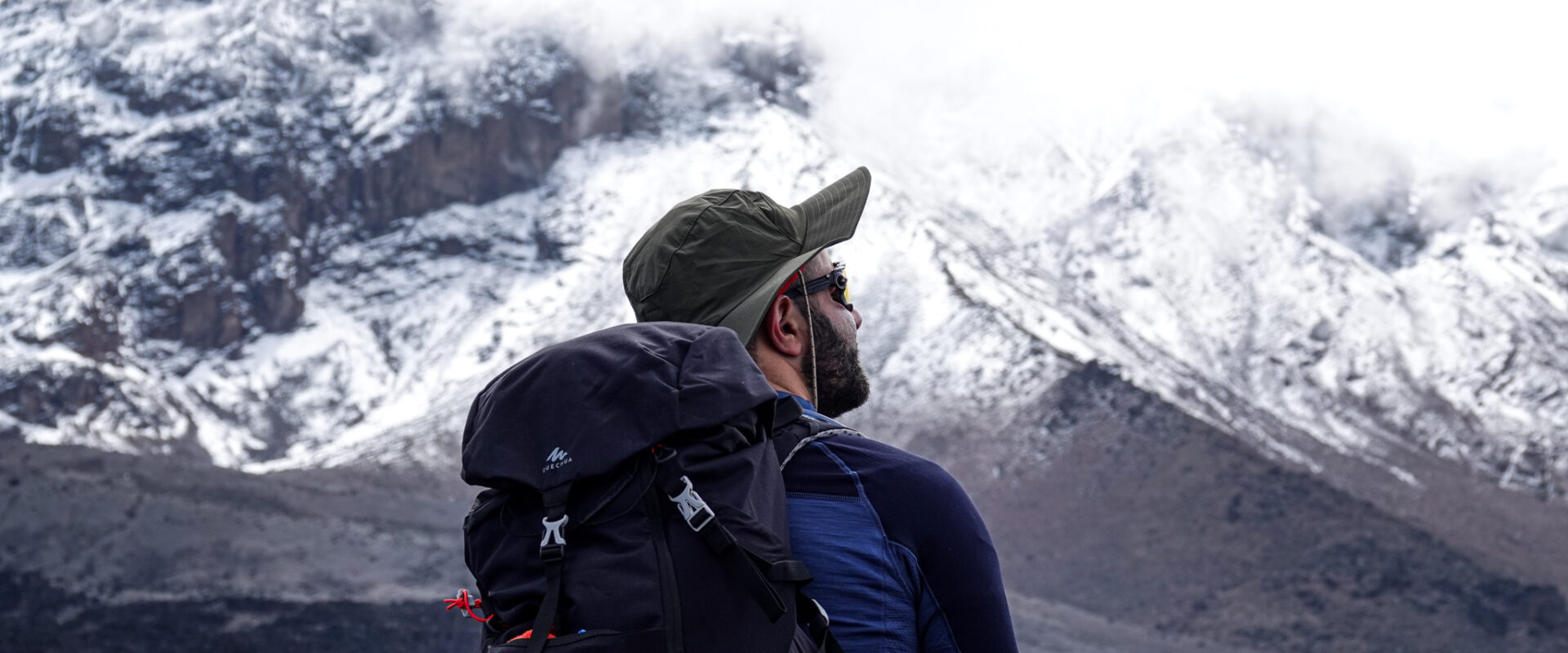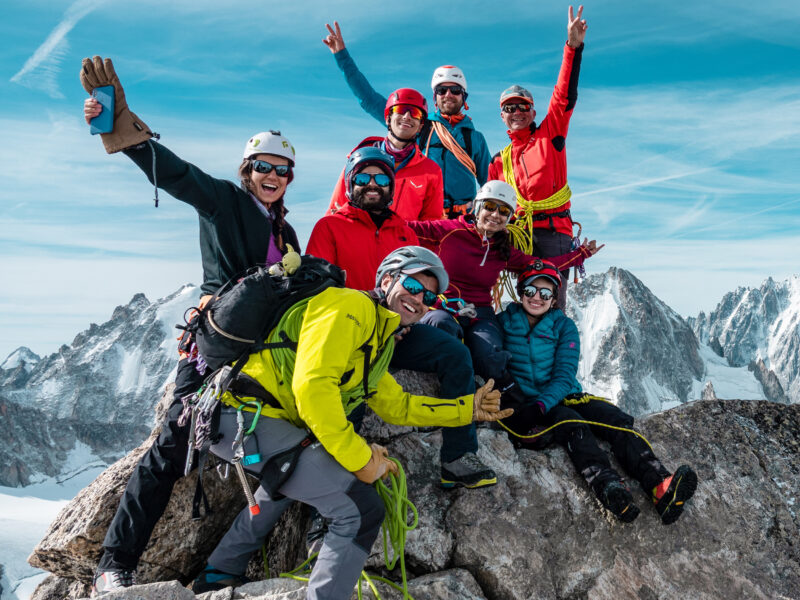BY Rami Rasamny | November 12 2024
Should I Train with a Weighted Backpack for Kilimanjaro?

Preparing to summit Kilimanjaro is life changing. It’s a transformative experience in the truest sense, but it requires careful consideration of both physical and mental readiness. Regardless whether you take the Machame, Marangu, Lemosho, Rongai or Umbwe routes, Kilimanjaro isn’t just about how strong you are — it’s about having a well-rounded fitness level and a sustainable training plan. While weighted backpacks have become a popular training trend, is this really the best approach for Kilimanjaro? Here’s what you need to know.
The Importance of General Fitness for Kilimanjaro
When planning to trek Kilimanjaro, overall physical fitness is key. The climb itself doesn’t demand technical skills but is a test of endurance and stamina due to the high altitude and variable conditions. Successful preparation includes a mix of cardiovascular fitness, strength, and endurance training.
A holistic training approach is ideal. Building cardiovascular fitness helps your body handle the thinner air as you climb higher, while strength training helps support your muscles and joints during long days on uneven terrain. This balanced approach prepares your body for the demands of the trek without over-emphasizing one area and potentially causing burnout or injury.
The Role of Endurance Training
Endurance training is crucial for Kilimanjaro. The trek includes long, sustained periods of walking at a slow pace, often on inclines. To prepare, it’s helpful to get used to prolonged exertion, which you can achieve through activities like hiking, long-distance walking, cycling, or even swimming. If possible, adding elevation to your endurance training will give you a sense of what to expect, but keep in mind that even without access to hills, you can still prepare effectively by building your endurance over time.

Finding Alternative Ways to Train
Not everyone has easy access to trails or hills, which can make training for a mountain seem challenging. But the good news is that you can still prepare with alternative, enjoyable, and sustainable exercises. Sports like rowing, swimming, cycling, and long-distance walking provide similar endurance and cardiovascular benefits and can keep you motivated and engaged throughout your training. Consistency is key, so finding activities you enjoy and can maintain over time will be far more effective than focusing exclusively on hiking or carrying extra weight on your back.

Weighted Backpacks: Useful or Overrated?
Weighted backpacks have gained popularity as a training tool, particularly among those preparing for mountain adventures. While it may seem like a logical choice, especially if you’re used to seeing trekkers with packs, the reality is that on Kilimanjaro, trekkers typically carry a load of about 5 kg or less. This includes essentials like water, snacks, and perhaps a few layers for the day.
Carrying an overly heavy backpack in training may actually do more harm than good. While a bit of added weight can help build leg strength and prepare your body for handling an incline, overloading yourself can strain your back and lead to injuries, potentially derailing your preparation. Over time, excessive weight can also throw off your posture, leading to muscle imbalances that could hinder rather than help on the mountain.
A Balanced Approach to Training
Instead of focusing on a weighted backpack, aim to incorporate strength training, cardio, and endurance exercises that prepare your entire body. Strengthening your core, back, and legs is especially beneficial, as it will help your body handle the long days of trekking without overloading any one muscle group. Squats, lunges, step-ups, and core exercises are great additions to any training routine and can be done with body weight or light weights to avoid injury.

If you want to simulate carrying a pack, consider starting with a light one and only gradually increasing weight, never exceeding what you would typically carry on Kilimanjaro. The goal is to become accustomed to the feeling of carrying a load without placing undue strain on your body.
Final Thoughts
Summiting Kilimanjaro requires physical preparation, but it’s best achieved through a balanced, sustainable approach that prioritizes overall fitness and endurance over any single training fad. Rather than focusing on the weight you carry, focus on building a strong, resilient body and finding a training routine you enjoy and can stick with. That will give you the best foundation for a safe, successful, and memorable Kilimanjaro experience.
In short, skip the overly weighted backpack, embrace a mix
About The Author
Rami Rasamny is the founder of Life Happens Outdoors, a premium adventure travel community dedicated to transforming lives through curated outdoor experiences. A mountaineer and entrepreneur, Rami has led teams on some of the world’s most challenging peaks, from the Alps to the Himalayas. His mission is to make adventure accessible, transformative, and safe for all who seek to push their limits and Come Back Different.
About Life Happens Outdoors
At Life Happens Outdoors, we believe in the power of nature to transform lives. As proud members of the Adventure Travel Trade Association (ATTA) and the World Travel & Tourism Council (WTTC), our team of certified guides and outdoor professionals is committed to the highest standards of safety, sustainability, and excellence.
Discover more about our story and mission on our Meet LHO page, or explore our curated adventures such as the Tour du Mont Blanc Trek, the Climb of Kilimanjaro, and Chasing the Northern Lights.














